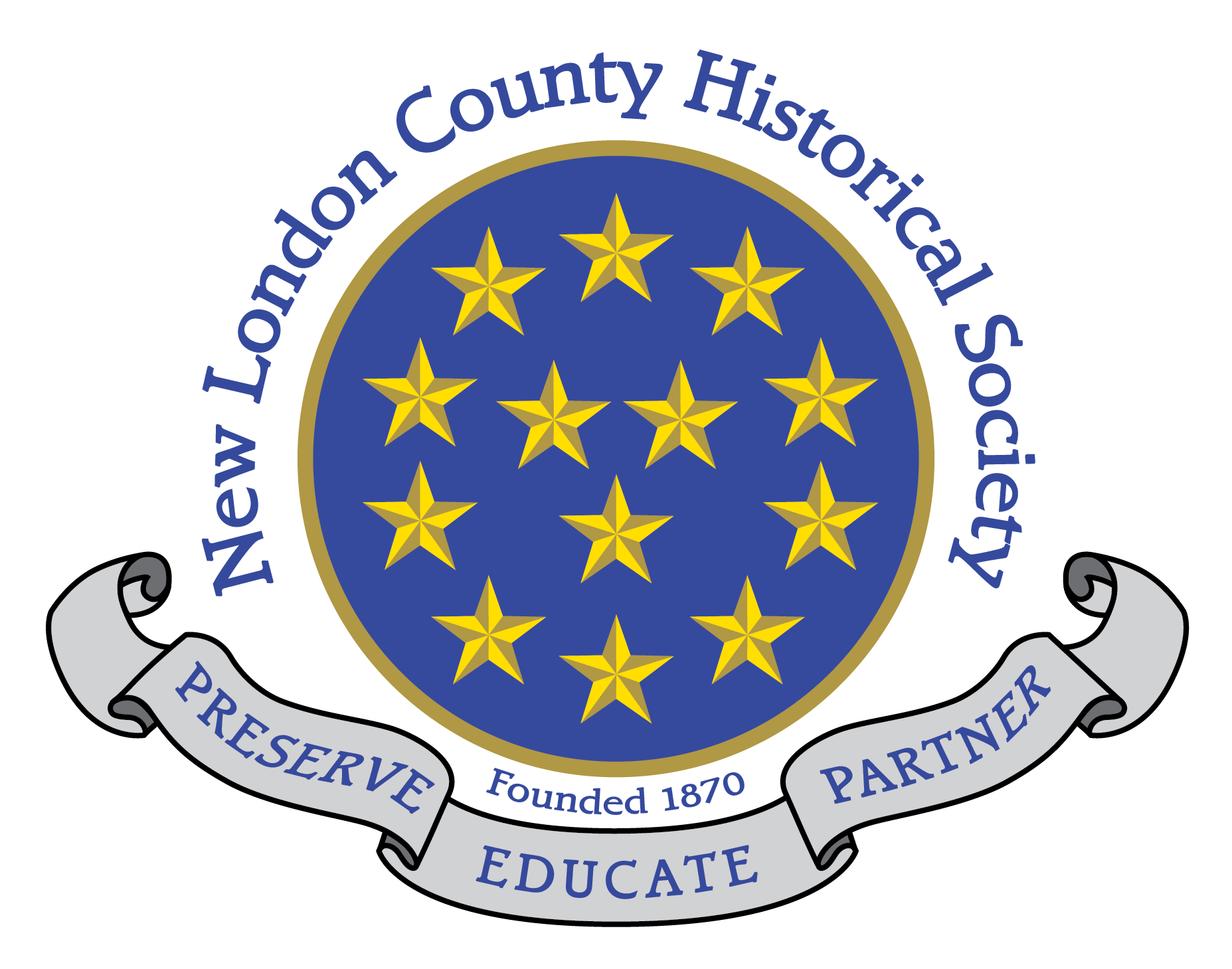By: Sam Urban
Caesar Shaw was born a slave in New London on the 10th of February, 1760. He was owned by Nathaniel Shaw Jr, so he likely lived in the third floor servants’ quarters of the Shaw Mansion. At Nathaniel Shaw Jr’s untimely death in 1782 he was freed in the will that Nathaniel dictated on his deathbed. Nathaniel Shaw Jr.’s will also bequeathed him ten pounds in silver coins annually for the rest of his life; as long as he lived in New London. Ten pounds in 1782 was about $2,100 dollars in today’s money when adjusted for inflation.
It is likely that Caesar was sent to sea by his master, like many slaves in New London were at the time. The records from the late 18th century and early 19th century when Caesar was a sailor are often incomplete so we only know of two specific voyages that Caesar participated in. The first voyage was in 1795 to the West Indies on the sloop Betsey. A notarized certificate that says Caesar is a free man and an American citizen protected Caesar from runaway slave catchers and British impressment on his journey. Caesar’s second voyage to the West Indies was on the Brig Cordellia where he was employed as a cook. Caesar’s occupation as a cook tells us that at 44 years old, he was no longer capable of doing the hard work of a sailor. Caesar was on the Brig Cordellia with a crew of ten men, including one other sailor described as having ‘black’ complexion, and one having ‘copper’ complexion. It was common for 30% of the crew of a vessel to be black at this time, as sailing was a common profession for free black men, especially for ships sailing from New London.
Caesar owned two pieces of land, both in New London. One was purchased in 1792 for the price of thirty pounds, the other in 1794 from Thomas Shaw for the price of one hundred pounds. In 1779 Caesar married his first wife, Eader Deshon, whom he had three children with. Caesar outlived his first wife and all of the children from his first marriage. His son, Caesar Shaw Jr., died at the age of 31 in 1819. His wife, Eader, died in 1809. Caesar remarried within a few months to Jane Freeman. With his second wife he had four more children.
Caesar died in 1827 at the age of 68. We have more records on him than we would have on most African-Americans at the time because he was a land owner and owned by a powerful and rich family. Unfortunately we still know very little of his life or the details of his relationships and we can only infer based on what we do have. Regardless of how much information we have, his story and the story of other African-Americans in Connecticut is a part of our cultural history and a story worth telling. His obituary, in the Connecticut Gazette, reads simply, “Ceasar Shaw, a respectable man of colour, aged 68.”


